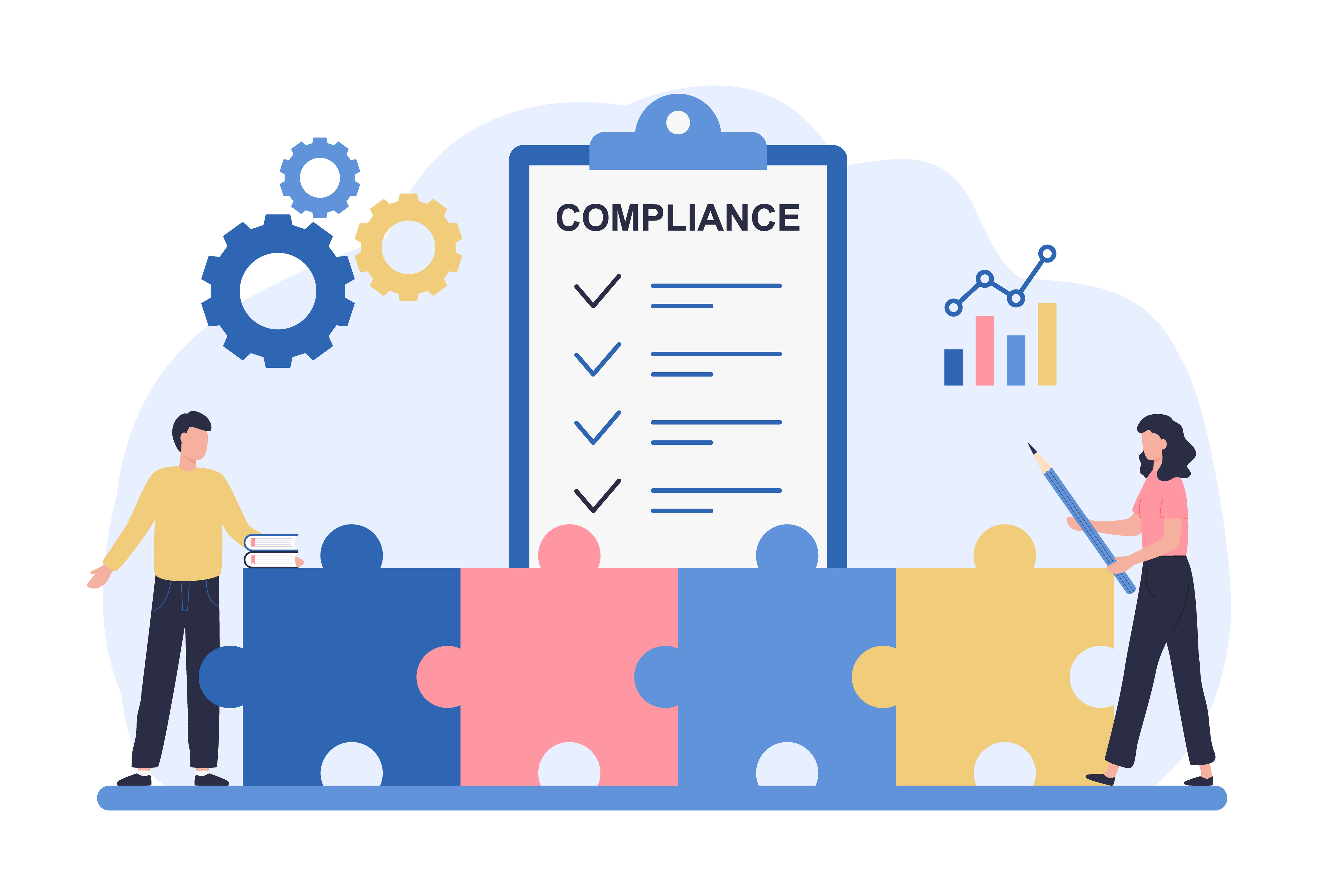The Cyber Essentials Framework is Changing: Get Prepared
In a highly competitive marketplace, businesses are always looking for ways to distinguish themselves from their competitors – one excellent way in...
With the easing of restrictions scheduled for June 1 fast approaching, a pivotal part of the Government’s plan is the widespread use of Contact Tracing Apps. So what exactly is a contact tracing app, how does it work and should you be concerned about privacy?
In this weeks blog, we’ll take you through the history of the concept, what it is, how it works, privacy concerns, testing and when to expect it.
Earlier in May, the Government put forth a plan to ease lockdown measures and with that plan came the need for a contact tracing app. Developed by the NHS, the contact tracing app would commence trials in the Isle of White on May 5, followed by a nationwide rollout to the rest of the UK in mid-May.
Throughout the pandemic, numerous countries around the globe, and even tech giants, have opted to develop apps that help track and trace the outbreak, mitigating future widespread outbreaks. After seeing success in countries such as Singapore and South Korea, governments around the world incorporated the track and trace rationale.
However, governments have faced an array of challenges, with earlier this week Downing Street announcing a new rollout timeframe that spanned across the coming weeks.
Contact tracing applications alert users of potential exposure to people who have later tested positive for COVID-19. These types of apps play a vital role in helping the Government identify those who need to be quarantined and tested much faster than traditional methods.
There are generally two ways in which Contact Tracing Applications work, on a centralised or decentralised model. Each relating to the way collected data is stored and whether it lives on a central server or the user’s device.
Either model uses Bluetooth signals to transmit anonymous ID keys between users who are in close proximity for more than 10 minutes. The time in which risk of exposure increases. If an individual later tests positive for COVID-19, the app notifies other users who have had exposure in the last 28 days and issues exposed users a precautionary warning to self-isolate.
As the contact tracing app model uses Bluetooth signals to distribute information, the app wouldn’t actively require an internet or GPS signal to function.
Earlier in the year, tech giants Apple and Google set out a cross-platform API that authorities could use to track exposure to the virus. Built on a decentralised model, the API used Bluetooth to record exposure and store its data on the user’s device while limiting the ability for authorities to collect location data. While the API is already available for use, both Silicon Valley giants are working to roll out native technology in coming months.
Instead, the UK Government has opted to build its app on a centralised model of data collection. Meaning that to learn more about the virus, the NHS would store data centrally on its servers and manage notifications to other users with a high risk of exposure.
There has been a flurry of concern around contact tracing apps, and the impact that they have on personal privacy. Privacy experts have flagged the importance of careful handling of sensitive data at scale – while others report concerns about the risk of compromising patient confidentiality.
Addressing privacy concerns, the Government indicated that once no longer required, and the pandemic over, all stored data would be safely deleted. While in use, the data of users would be handled to the highest ethical and safety standards.
Testing has been underway since May 5 in the Isle of White to mixed opinion. Interestingly, The Isle of White was chosen for the trial due to the higher percentage of the elderly population and estimated lower number of smartphone users. It is believed that if the app works despite such challenges, a more widespread rollout would be successful across the UK.
With Downing Street this week announcing delays to the initial Mid-May launch timeline, the British public is to expect the rollout of the Government app in coming weeks.
With no concrete launch date, we will continue to monitor the project status and update accordingly.

In a highly competitive marketplace, businesses are always looking for ways to distinguish themselves from their competitors – one excellent way in...

As businesses continue to strengthen their cybersecurity posture, it’s important to remain up to date with the ever-growing number of resources and...

Earlier this year we highlighted IASME’s announcement that the Cyber Essentials Framework would be changing in late February, anticipating how your...